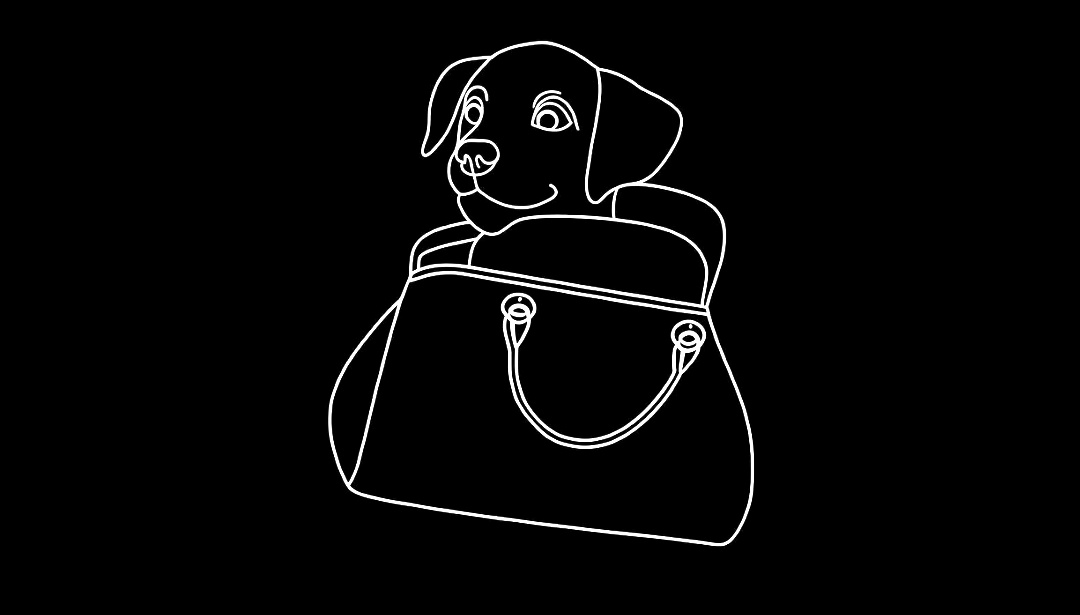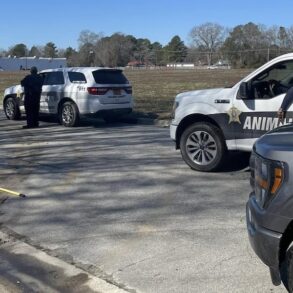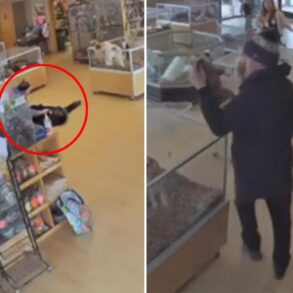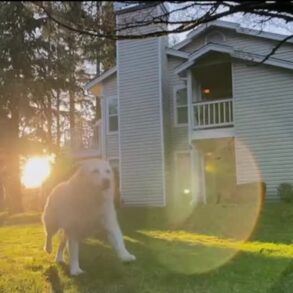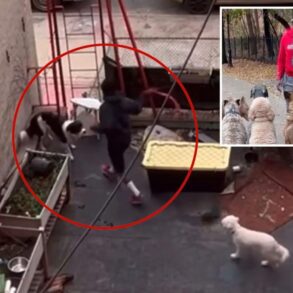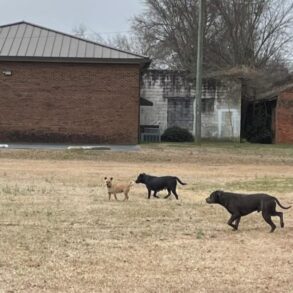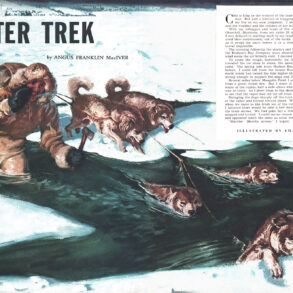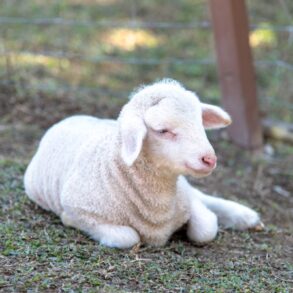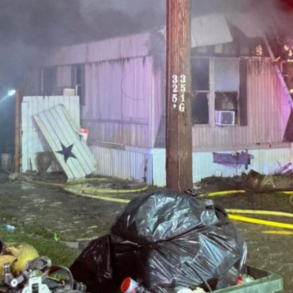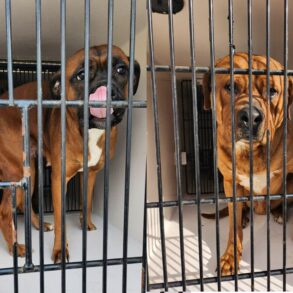- Four Yellow-Crowned Amazon parrots were found dead at the Jackson Zoo, likely killed by a mink.
- The zoo received a USDA citation for not having daily observation of prairie dogs, who had burrowed underground due to cold weather.
There is a Clue-esque mystery going on at the Jackson Zoo after four Yellow-Crowned Amazon parrots were found dead in the attic of a barn enclosure.
Don’t worry, Colonel Mustard isn’t roaming West Jackson with a candlestick.
The parrots, which have green bodies and a small yellow patch on the top of their head, were discovered deceased on Feb. 20 by zoo workers, according to Abram Muhammad, Jackson’s director of the Department of Parks and Recreation. Kept at the zoo since 2012, the parrots had been moved inside due to the recent winter weather.
While the cause of death has yet to be confirmed, Muhammad said the zoo believes the parrots were killed by a mink who got into the enclosure. How exactly the mink got into the closure, Muhammad couldn’t say. The investigation is ongoing.
A mink is a small mammal in the weasel family, similar to an otter or a ferret.
“Their bodies were still intact, and based upon what I was taught, and what the veterinarian told us, that is the nature of how minks usually do, they don’t devour their prey, they just simply cause them to lose their life,” Muhammad said during a Monday mayoral press conference.

According to the Center for Wildlife Damage Management: “They (minks) typically kill their prey by biting them through the skull or neck. Closely spaced pairs of canine tooth marks are sign of a mink kill. Mink will attack animals up to the size of a chicken, duck, rabbit, or muskrat.”
Muhammad said the zoo reported the deaths of the parrots to the United States Department of Agriculture ahead of the agency’s next inspection.
“We owe you honesty so we don’t want you to think we’re trying to hid anything from you or anything of that nature. We want to tell you exactly what took place and what are we doing to try to keep something like that from happening,” Muhammad said.
The USDA’s last inspection was held in December. Muhammad also spoke on two citations the Jackson Zoo received during that inspection.
Where have all the prairie dogs gone?
One of the citations the zoo received from the USDA was due to missing prairie dogs. The USDA cited the zoo for not having daily observation of the animals, which are small burrowing animals that resemble a squirrel. Zoo keepers are required to keep a log to ensure they have seen the prairie dogs at least three times per day, Muhammad said.
“For the USDA that is violation because the animals must be able to seen when they come out for their inspection,” Muhammad said.
Jackson’s long-troubled zoo:How the Jackson Zoo can survive and thrive: Experts weigh in on historic site
A closer investigation revealed that the prairie dogs weren’t in-fact missing but had burrowed underground due to the cold weather. Muhammad said zoo workers acquired a camera and a scope that was used to dig into the ground, which captured some of the prairie dogs’ activity underground.
“That camera is in place and is recording on a minimum of three times a day of their (the prairie dogs) activities,” Muhammad said, adding that five of the zoo’s seven prairie dogs have been located.
“I want to ensure everyone that they are not in danger or anything of that nature, it’s just during the frigid cold they were not out at that time,” Muhammad said.
Issues with zoo’s facilities
The second and final citation the zoo received from the USDA had to do with general housekeeping issues. According to the report, the ceiling of a formerly used walk-in freezer “is split open allowing exposure of insulation and a possible route of entry for vermin.”
Additionally, “areas of yellow discoloration and rodent droppings” were found present near and on top of animal feed bags, though the report does say that the bags were not opened. Those affected bags were discarded at the time of the USDA’s inspection.
Bear escape:Before Saturday’s Ice Cream Safari at the Jackson Zoo, an incident occurred
“Affected food bags were discarded at the time of inspection and the facility representative indicated that there are plans to remove the non-functional walk-in freezer to eliminate the potential entry source for vermin,” the report states.
This post was originally published on this site be sure to check out more of their content.
